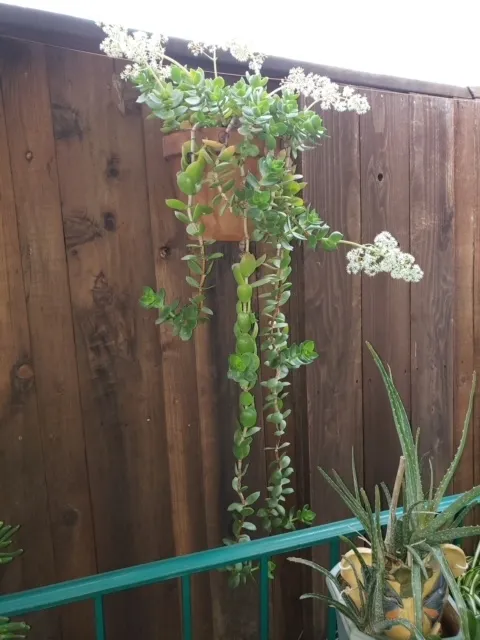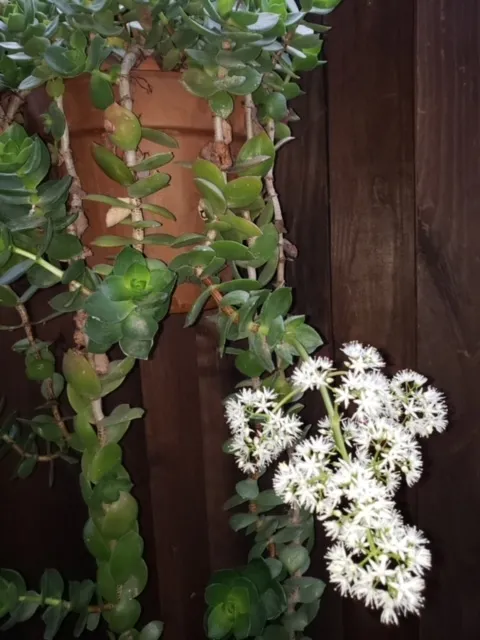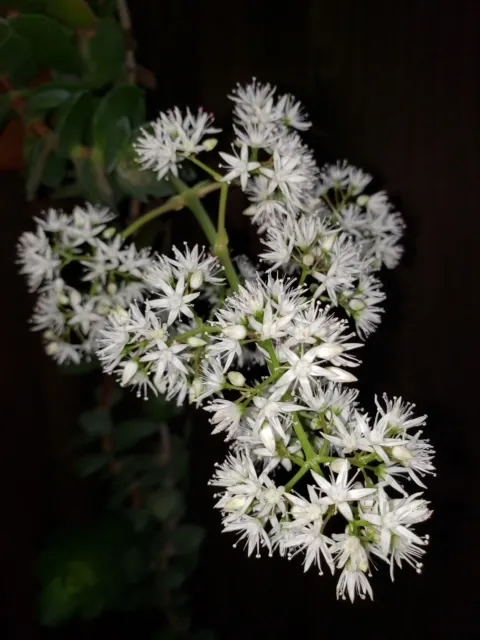I enjoy sorting through piles of castoff succulent stems on a garden club's back table or at plant sales. I purposely choose something I don't already have in my own collection. I like the hunt and the months of observation that follow, wondering about the identity of the succulent, whether the pot I chose is too small or if the location is too sunny. Experience has taught me that a castoff succulent stem often looks a lot different than the full-grown version. As a Master Gardener, I admit I don't know everything about every plant. Yes, indeed there hard to identify succulents out there. Here's a snapshot of one whose identity continues to allude to me.
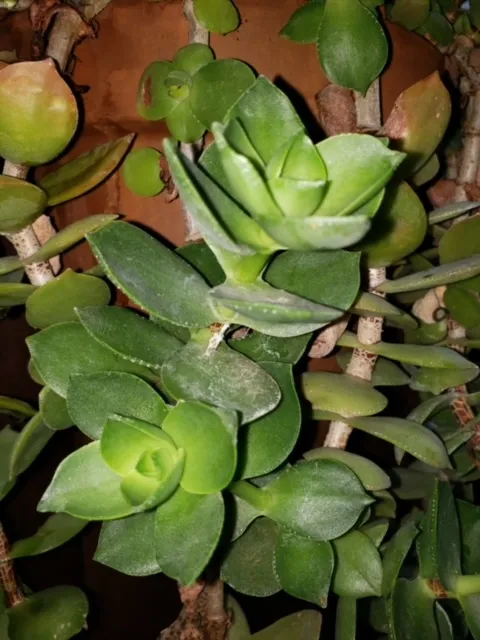
I started my research by poring over photos in books such as Jeff Moore's Simply Succulents and Under the spell of Succulents, and Debra Lee Baldwin's Succulent Container Gardens, which I perused succulent images online looking for clues. Hours later I was back to the basics of trying to identify this plant by its leaves.
Initially, I thought I was looking at a Cotyledon. Thick leaves with smooth edges, cupped upwards. Next, I considered the Crassulaceae family. Symmetrical triangular-shaped leaves are attached to the main stem. Leaves that sit atop each other give an appearance of an upward column similar to a Christmas tree. Then, I narrowed my focus to Sedums.
Sedum leaves are also thick like Cotyledon, but they sit atop the main stem. The leaves surround the stem-like rose petals. The end of the stem has the appearance of a flower, a rosette. My plant's growth was upward at first, but in time, the stems elongated, swinging downward like the familiar Sedum burrito. Research revealed that the elongated stems correlated with the Sedum's growth pattern in its natural habitat, that of stretching across rocky ledges; hence the familiar reference to "stonecrop."
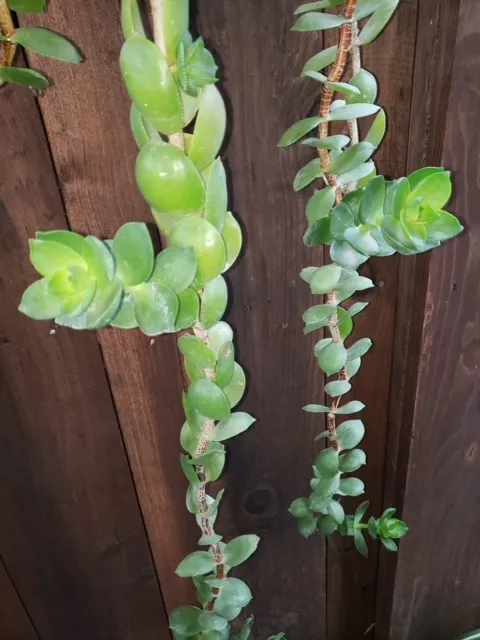
Last fall my succulent bloomed. I was ecstatic. I figured the showy white flowers would be the final key to revealing the plant's specific identity. But that was not the case. Instead, I found myself online sorting through a myriad of flowering sedum images to no avail. Considering that Sedum comprises a genus of more than 500 flowering plants, this hard to identify succulent remains a challenge. My search continues.
